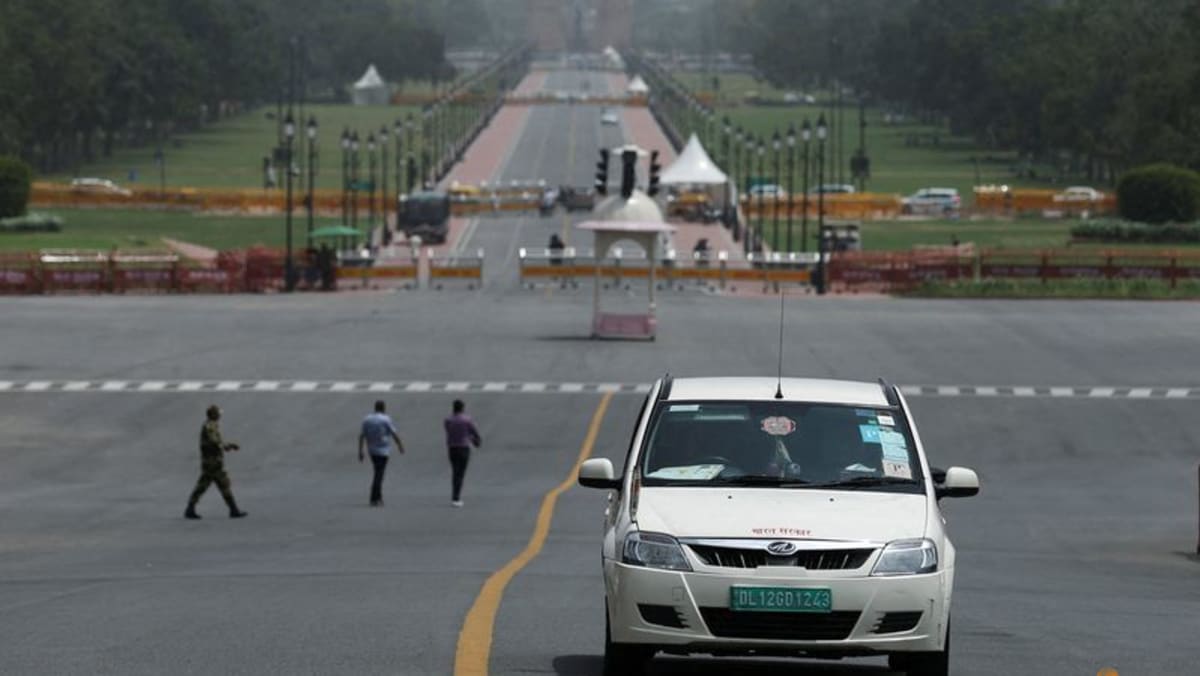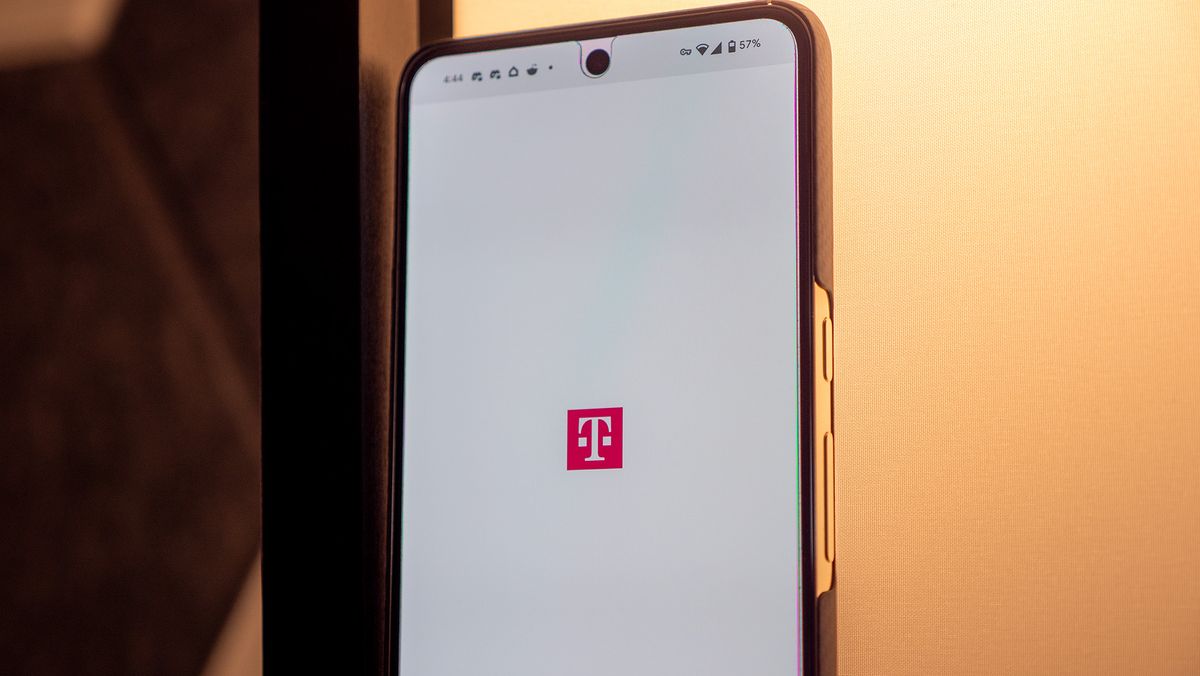INDIA’S EV SECTOR STILL NASCENT
Despite concerns about dumping, experts said the entry of Chinese carmakers presents opportunities for India.
Mr Sinha noted: “Moves like this create manufacturing hubs – whether it’s India, Indonesia, Japan, those EVs need to go to the US or the EU from somewhere, and there’s nothing stopping India from being the manufacturing base for these things.
“And that can be a way of having a symbiotic relationship with China as well.”
Additionally, joint ventures with Chinese firms could help India develop its own manufacturing capabilities, Mr Sinha added.
Indian EV makers – including market leader Tata Motors – depend heavily on China for batteries and semiconductors.
India will also need foreign investment to grow its EV sector and address existing problems, such as the lack of charging infrastructure and the high cost of vehicles, said experts.
Its EV sector is still in relative infancy, despite its status as the world’s most populous country and the third-largest auto market.
In 2023, only 2 per cent – or about 900,000 – of all cars sold in India were electric.
The government aims to raise this figure to 30 per cent by 2030 and is pushing for more domestic manufacturing of EVs and their components.
It has also introduced financial incentives for companies that manufacture vehicles in India, as well as subsidies for EV buyers.
Import tariffs for EVs currently range from 70 to 100 per cent depending on their value.
But in March, the government dropped duties on high-end cars – worth at least US$35,000 – to 15 per cent, a move seen as rolling out the red carpet for American automaker Tesla.





















Discussion about this post